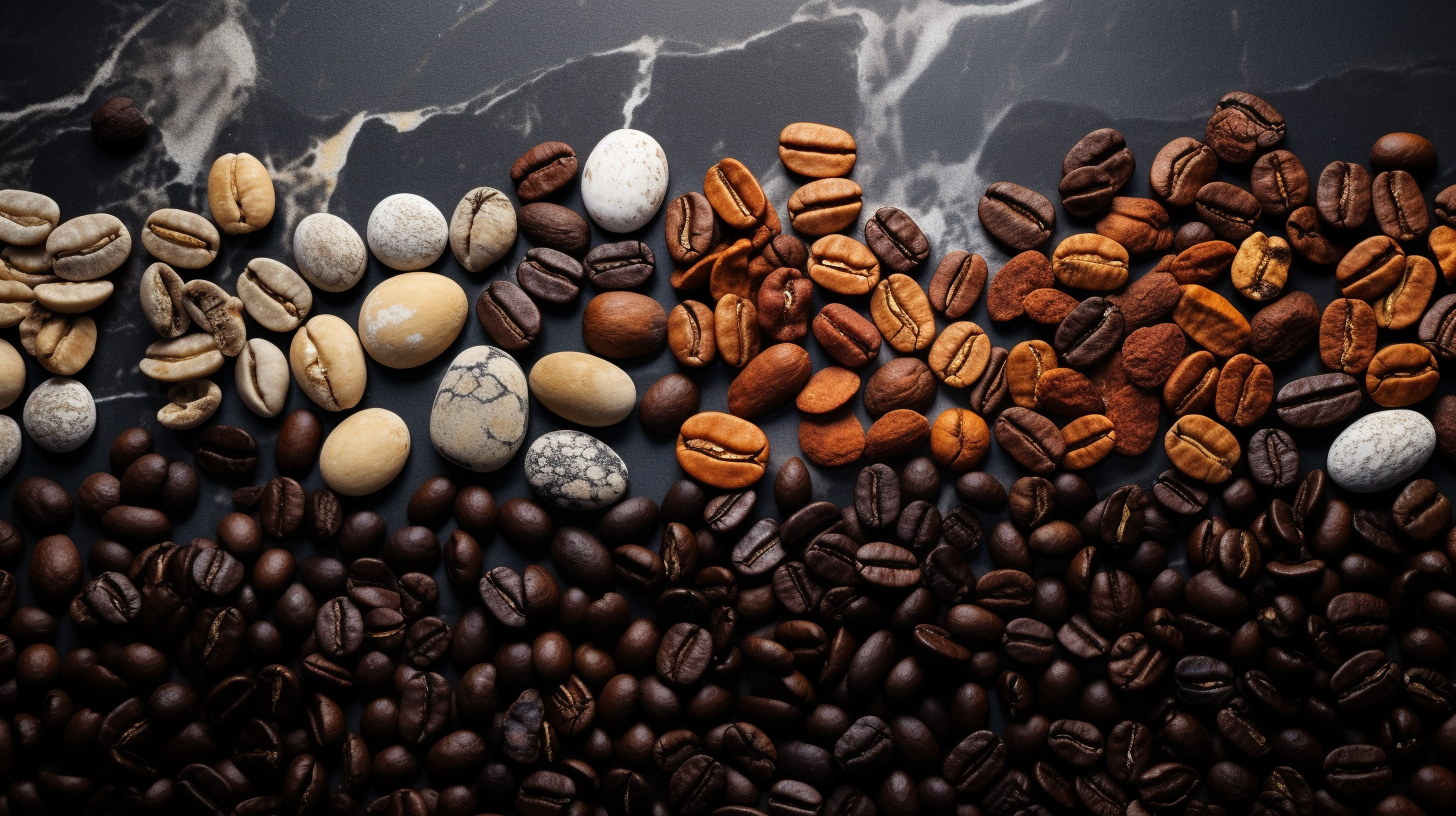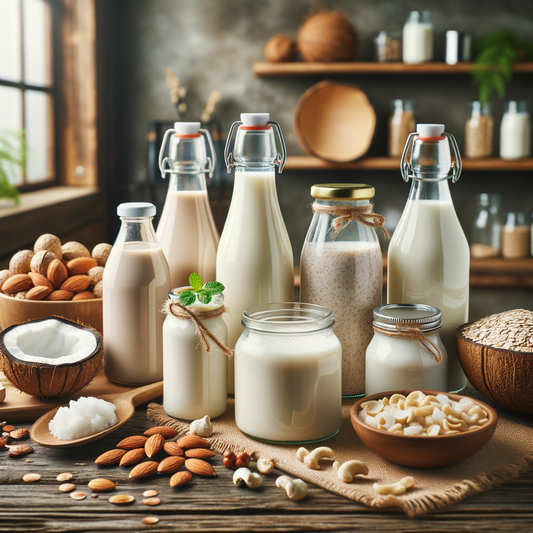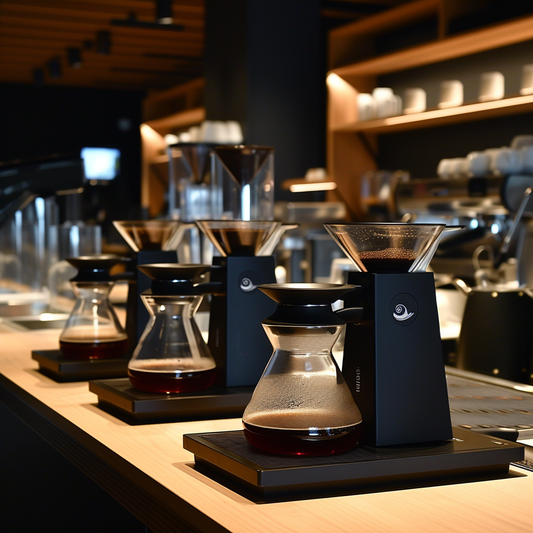Coffee processing refers to the post-harvest method of removing the outer fruit layers from the coffee bean. The two main methods are washed processing and natural processing. Washed coffee has all mucilage and fruit sugars removed before drying. Natural coffee dries with all the fruit still attached.
So.. Where Does Honey Processing Come In?
Honey processing lies between these two extremes. Some, but not all, of the fruit mucilage stays on the bean during drying. This allows some of the sugars to infuse into the bean. The result is a cup with a balance of acidity, body, and fruity sweetness compared to the two extremes.
What Is Mucilage?
Mucilage is the sticky, honey-like residue left on the bean after the skin and pulp are removed. It contains sugars that can infuse into the bean during drying. The amount of mucilage left on determines the level of honey processing.
History and Origins of Honey Processing
Honey processing originated in Costa Rica in the 1950s. It was first developed as an easier alternative to the fully washed process which required large amounts of water and intensive labor. It shares similarities with the pulp natural process popular in Brazil and the wet hulling process used in Indonesia.
Benefits of Honey Processed Coffee
Compared to washed processing, honey processing uses overall less water and energy to produce. It is also less prone to mold since some fruit sugars stay on the bean. Compared to natural processing, flavor profiles tend to be more balanced, controlled, and predictable.
The Levels of Honey Processing

Photo Credit to https://www.cafebritt.com/
There is a spectrum ranging from yellow to red to black honey processing. This refers to the amount of mucilage left on the bean before drying:
- Yellow honey = Only a small amount of mucilage left
- Red honey = Around half of the mucilage left
- Black honey = Most of the mucilage is left on
The more mucilage left on, the longer the drying time since the bean is more moist. Producers use demucilaging machines to control the exact amount of mucilage removed.
How The Level of Processing Affects Flavor
The amount of mucilage left on greatly affects the final flavor profile. Yellow honey tastes more washed-like while black honey has more intense fruitiness like a natural coffee. Red honey strikes a balance between the two. Roasters will select the level that best suits their preferences.
Taste Profile of Honey Processed Coffee

In the cup, honey processed coffee offers balanced acidity and body with intense fruity sweetness compared to washed or natural processing. Expect notes of berry, citrus, chocolate, and caramel. The "sweet spot" falls somewhere between the two extremes.
The Future of Honey Processing & Rise in Coffee Craftsmanship
Honey processing offers a middle-ground between washed and natural processing. By removing some but not all of the fruit mucilage, it provides a cup with well-balanced acidity, body, and sweetness. The level of honey processing can be customized to achieve the desired flavor profile.
As more producers experiment with demucilaging technology, we can expect to see innovative honey processed coffees that offer the best of both processing worlds. With its appealing flavor and sustainable advantages, honey processing will continue growing in popularity at coffee roasteries and cafes around the world.






